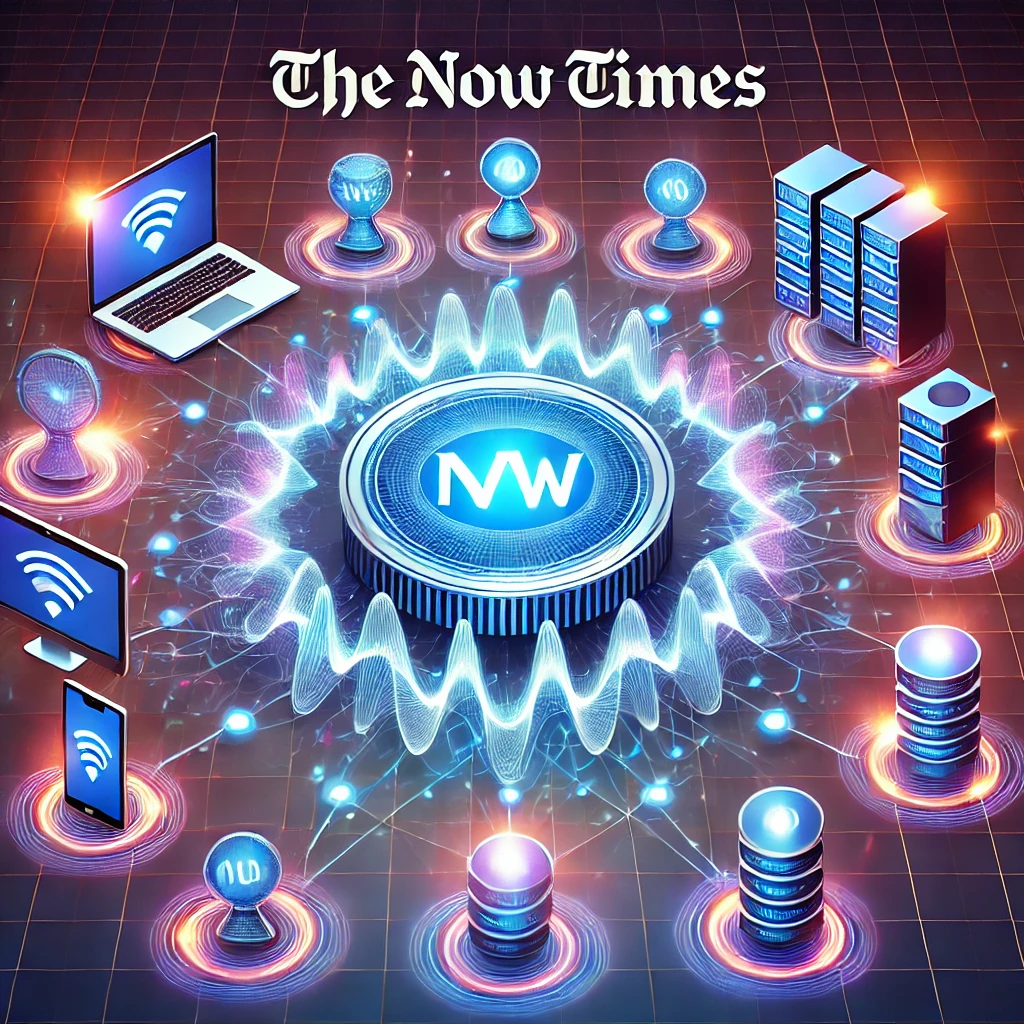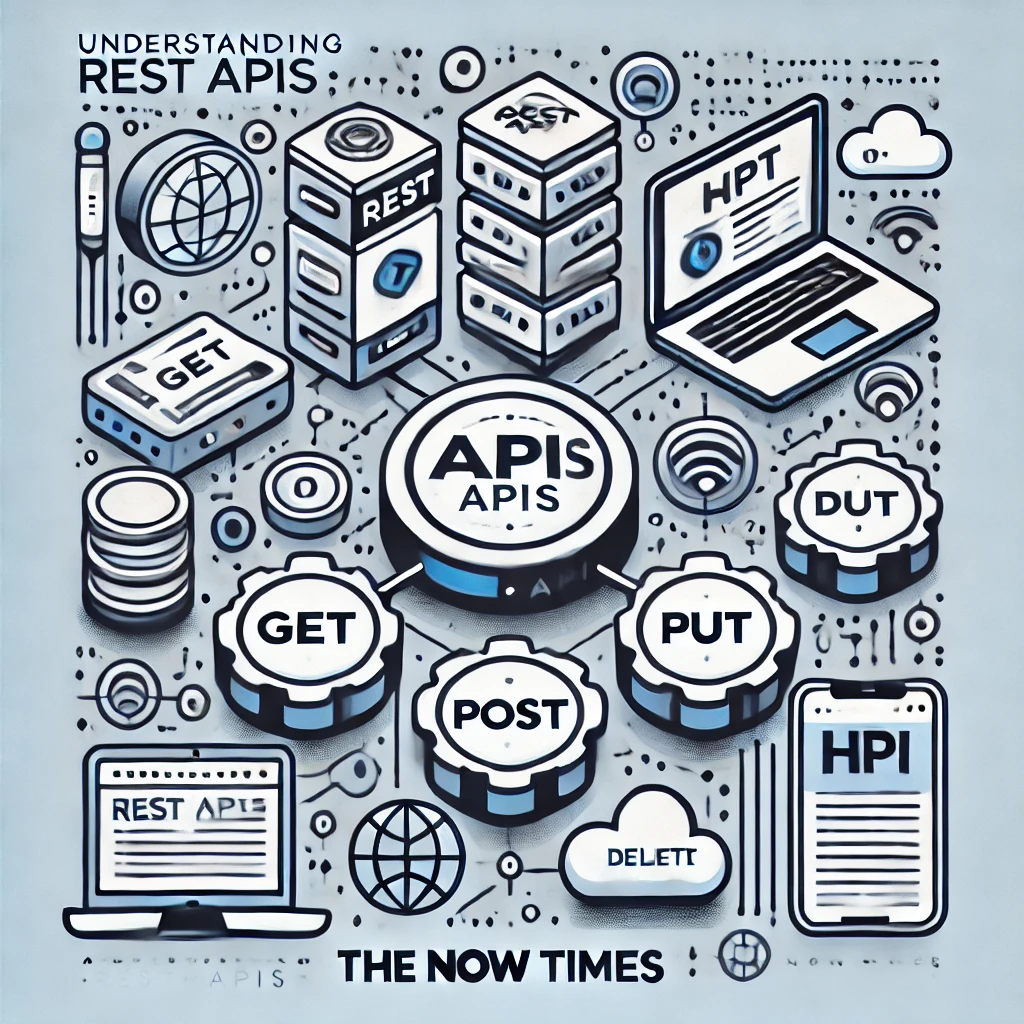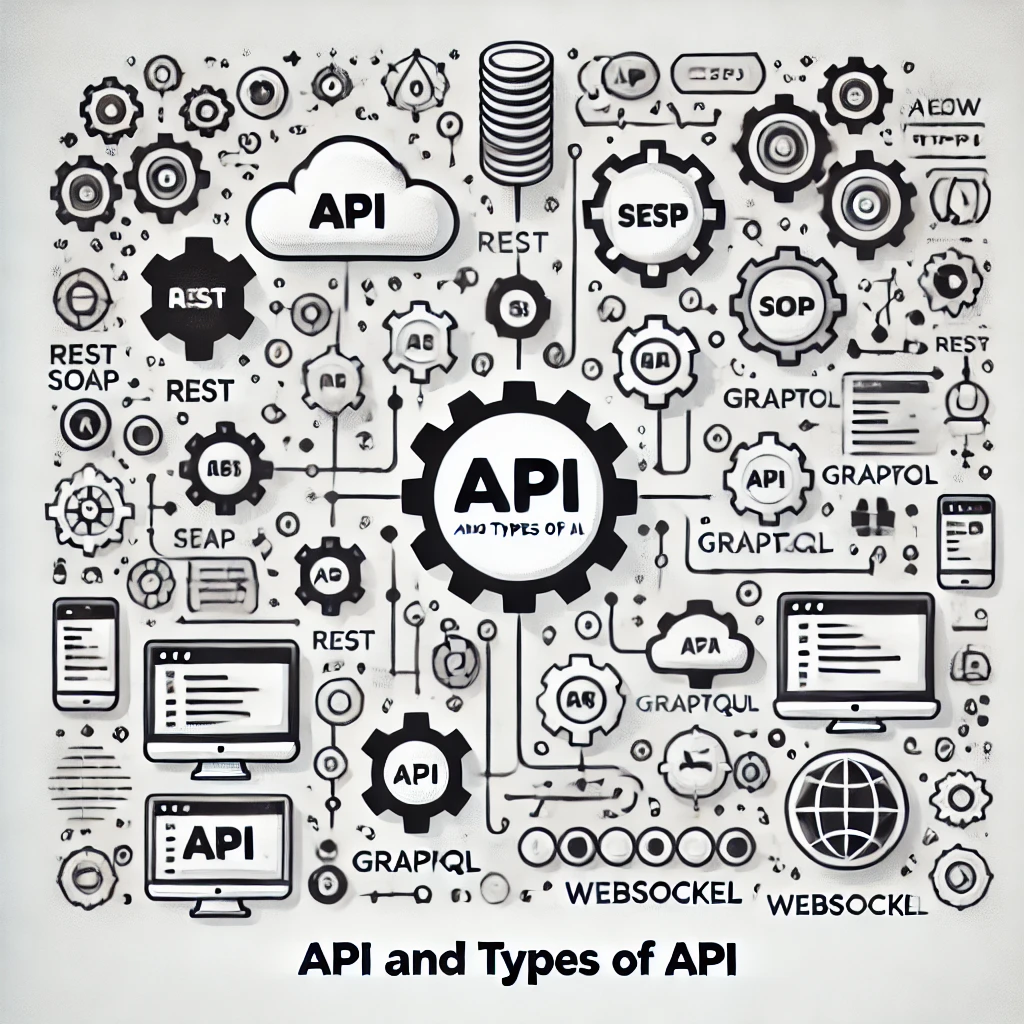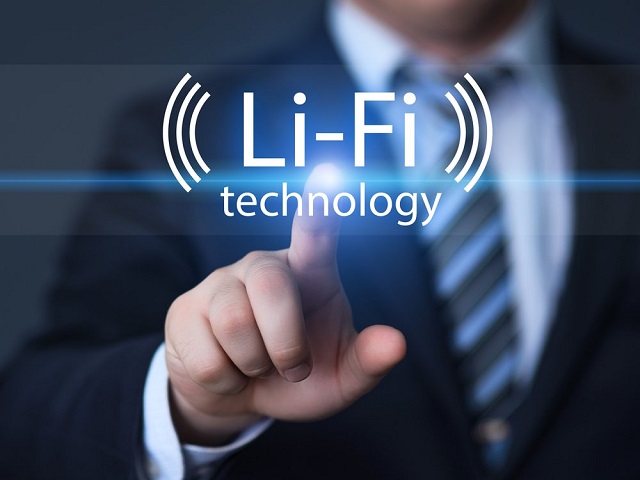WebSocket APIs: Real-Time Communication for Modern Applications
The WebSocket API is a powerful tool for enabling two-way, real-time communication between a client and a server.

The WebSocket API is a powerful tool for enabling two-way, real-time communication between a client and a server. Unlike traditional APIs that rely on HTTP requests and responses, WebSocket APIs provide a persistent connection that facilitates seamless data exchange. This makes WebSocket APIs an essential choice for applications requiring instant updates and low-latency communication.
What is WebSocket?
WebSocket is a communication protocol that operates over a single TCP connection. It allows a client and server to establish a persistent connection, enabling bidirectional communication without the overhead of repeatedly opening and closing connections.
This protocol is particularly useful for scenarios where real-time data updates are critical, such as chat applications, online gaming, stock trading platforms, and live sports updates.
How WebSocket Works
-
Handshake: The connection begins with an HTTP handshake. The client sends an HTTP request to the server, asking to upgrade the connection to WebSocket.
-
Persistent Connection: Once the server agrees, the connection is upgraded, and the WebSocket is established. This connection remains open as long as needed.
-
Bidirectional Data Exchange: Both the client and server can send messages at any time, allowing real-time updates without waiting for a request.
Features of WebSocket APIs
-
Real-Time Communication: WebSocket APIs enable instant data transfer, making them ideal for applications like messaging and live notifications.
-
Efficient Bandwidth Usage: The protocol eliminates the need for multiple HTTP requests, reducing bandwidth consumption.
-
Low Latency: Persistent connections ensure minimal delay in data transmission.
-
Scalability: WebSocket APIs can handle a large number of connections simultaneously, making them suitable for high-traffic applications.
Common Use Cases for WebSocket APIs
-
Messaging Apps: Real-time communication in chat platforms.
-
Live Data Feeds: Stock prices, sports scores, or news updates.
-
Online Gaming: Synchronizing game states between players.
-
Collaborative Tools: Real-time document editing and whiteboard sharing.
-
IoT Devices: Monitoring and controlling devices in real-time.
Advantages of WebSocket APIs
-
Persistent and reliable connections.
-
Bidirectional communication.
-
Reduces the overhead of HTTP polling.
-
Enhances user experience with real-time updates.
Challenges of WebSocket APIs
-
Requires a reliable and stable internet connection.
-
Implementation can be more complex compared to REST or GraphQL.
-
Not as widely supported as traditional HTTP-based APIs.
Getting Started with WebSocket APIs
To use WebSocket APIs, developers typically rely on libraries or frameworks that simplify the connection process. Here's a basic example in JavaScript:
const socket = new WebSocket('ws://example.com/socket');
// Event triggered when the connection is established
socket.onopen = () => {
console.log('WebSocket connection established');
socket.send('Hello Server!');
};
// Event triggered when a message is received
socket.onmessage = (event) => {
console.log('Message from server:', event.data);
};
// Event triggered when the connection is closed
socket.onclose = () => {
console.log('WebSocket connection closed');
};
// Event triggered on an error
socket.onerror = (error) => {
console.error('WebSocket error:', error);
};
WebSocket APIs are reshaping the way modern applications handle real-time communication. By leveraging this protocol, developers can build responsive and interactive applications that provide seamless user experiences.
Stay tuned to Now Times for more insights into APIs and cutting-edge technologies!
Leave a Comment
Releted Articles

Understanding GraphQL APIs
GraphQL APIs provide a powerful alternative to traditional REST APIs, offering more control and flexibility to developers

SOAP APIs (Simple Object Access Protocol)
SOAP APIs are a powerful tool for building web services, especially in enterprise environments where reliability and security are paramount.

Understanding REST APIs: A Continuation of API and Their Types
REST APIs have revolutionized the way systems communicate over the web. Their simplicity, scalability, and compatibility with standard web protocols m

Understanding APIs and Their Types
APIs are the building blocks of modern software development, enabling seamless communication between diverse systems.

Li-Fi Technology: The Future of Wireless Communication
Li-Fi is a wireless communication technology that uses visible light, infrared, and ultraviolet light to transmit data. The technology was first






0 comments
There is no any command yet!